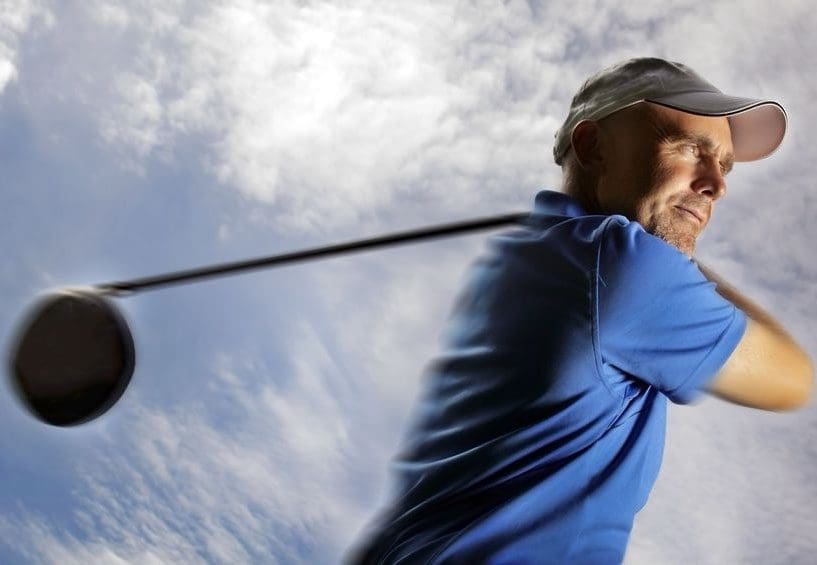
Overuse
Driving requires a great deal of effort and power that puts tremendous stress on the body. When done too frequently, injuries can result. The body can take all kinds of forces thrown at it. But there is a limit as to how much it can take before an injury occurs. Too many swinging reps while playing and practicing could cause trauma to the muscles and connective tissues, which leads to inflammation and pain. Swinging and hitting with bucket after bucket of balls to improve performance will raise the risk of injury. Try practicing swinging without hitting any balls through imagery/imagination. This has become a standard tool utilized by athletes. Practice the perfect swing mentally without the risk/threat of overusing your arms and back.Mechanics
Improper body and swinging mechanics can lead to injury. The constant swinging, bending, squatting, and walking places added stress on muscles that can lead to a shoulder sprain/strain, elbow pain, and rib fractures. Back injuries can happen when bending far too forward while in swinging motion. Common swing mistakes that can contribute to low back pain.S-Posture
This can happen when golfers are told to stick out their rear but what happens is that they over arch their lower backs which cause hyperlordosis. This is known as an S-Posture and it inhibits the abs and glutes. Or this also happens with a lower crossed syndrome.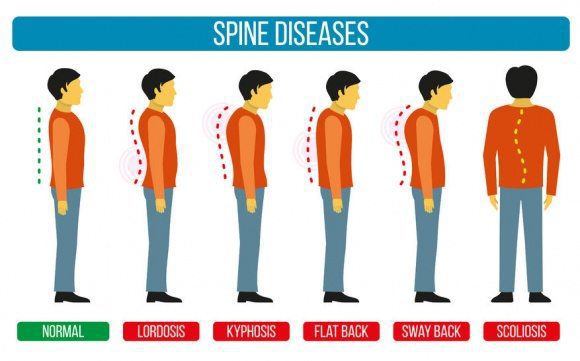
Early Extension
This is a term that comes from a forward swinging movement where the lower body does not rotate from the top of the backswing to follow-through. The hips and pelvis do not turn with the body. Spinal posture is extended, the head rises up and the pelvis moves toward the ball’s position. When this happens the spine’s muscles over-activate and force the spine into a fast extension. Forward movement of the lower body toward the golf ball can be a sign of early extension.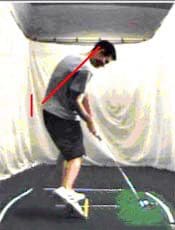
Early Extension
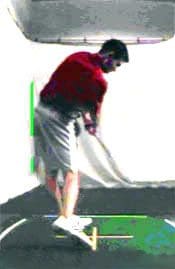
Ideal Position
Reverse C
This happens at the swing’s finish being in a full hyperextension position. It places added compression on the lower back right facet joints.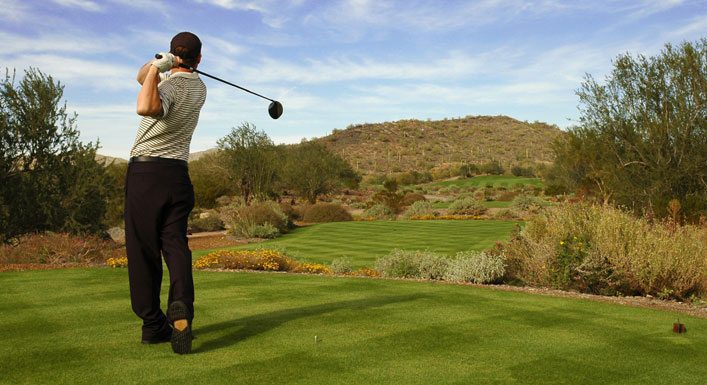
Conditioning
Muscles will be weak and inflexible when there is no conditioning. This causes them to become highly susceptible to injury. The spine is exceptionally vulnerable to increased pressure during a golf swing. This happens from rotating while leaning forward. When the low back and abdominal muscles do not have adequate strength or flexibility the high reps of swinging will eventually cause pain. With a golf-specific strength and flexibility program, the risk of injury is lessened along with improved performance. Programs like these don’t have to be complicated or take a long time. Stop potential golf injuries from happening by avoiding excessive practice sessions, swinging correctly, and regularly practicing golf-oriented strength and flexibility exercises.Sports Injury Treatment Chiropractic Care
Dr. Alex Jimenez’s Blog Post Disclaimer
The scope of our information is limited to chiropractic, musculoskeletal, physical medicines, wellness, and sensitive health issues and/or functional medicine articles, topics, and discussions. We use functional health & wellness protocols to treat and support care for injuries or disorders of the musculoskeletal system. Our posts, topics, subjects, and insights cover clinical matters, issues, and topics that relate and support directly or indirectly our clinical scope of practice.* Our office has made a reasonable attempt to provide supportive citations and has identified the relevant research study or studies supporting our posts. We also make copies of supporting research studies available to the board and or the public upon request. We understand that we cover matters that require an additional explanation as to how it may assist in a particular care plan or treatment protocol; therefore, to further discuss the subject matter above, please feel free to ask Dr. Alex Jimenez or contact us at 915-850-0900. The provider(s) Licensed in Texas& New Mexico*Post Disclaimers
Professional Scope of Practice *
The information herein on "Golf Injuries and Prevention" is not intended to replace a one-on-one relationship with a qualified health care professional or licensed physician and is not medical advice. We encourage you to make healthcare decisions based on your research and partnership with a qualified healthcare professional.
Blog Information & Scope Discussions
Welcome to El Paso's Premier Wellness and Injury Care Clinic blog, where Dr. Alex Jimenez, DC, FNP-C, a board-certified Family Practice Nurse Practitioner (FNP-C) and Chiropractor (DC), presents insights on how our team is dedicated to holistic healing and personalized care. Our practice aligns with evidence-based treatment protocols inspired by integrative medicine principles, similar to those found on dralexjimenez.com, focusing on restoring health naturally for patients of all ages.
Our areas of chiropractic practice include Wellness & Nutrition, Chronic Pain, Personal Injury, Auto Accident Care, Work Injuries, Back Injury, Low Back Pain, Neck Pain, Migraine Headaches, Sports Injuries, Severe Sciatica, Scoliosis, Complex Herniated Discs, Fibromyalgia, Chronic Pain, Complex Injuries, Stress Management, Functional Medicine Treatments, and in-scope care protocols.
Our information scope is limited to chiropractic, musculoskeletal, physical medicine, wellness, contributing etiological viscerosomatic disturbances within clinical presentations, associated somato-visceral reflex clinical dynamics, subluxation complexes, sensitive health issues, and functional medicine articles, topics, and discussions.
We provide and present clinical collaboration with specialists from various disciplines. Each specialist is governed by their professional scope of practice and their jurisdiction of licensure. We use functional health & wellness protocols to treat and support care for the injuries or disorders of the musculoskeletal system.
Our videos, posts, topics, subjects, and insights cover clinical matters, issues, and topics that relate to and directly or indirectly support our clinical scope of practice.*
Our office has reasonably attempted to provide supportive citations and has identified the relevant research studies or studies supporting our posts. We provide copies of supporting research studies available to regulatory boards and the public upon request.
We understand that we cover matters that require an additional explanation of how they may assist in a particular care plan or treatment protocol; therefore, to discuss the subject matter above further, please feel free to ask Dr. Alex Jimenez, DC, APRN, FNP-BC, or contact us at 915-850-0900.
We are here to help you and your family.
Blessings
Dr. Alex Jimenez DC, MSACP, APRN, FNP-BC*, CCST, IFMCP, CFMP, ATN
email: coach@elpasofunctionalmedicine.com
Licensed as a Doctor of Chiropractic (DC) in Texas & New Mexico*
Texas DC License # TX5807
New Mexico DC License # NM-DC2182
Licensed as a Registered Nurse (RN*) in Texas & Multistate
Texas RN License # 1191402
ANCC FNP-BC: Board Certified Nurse Practitioner*
Compact Status: Multi-State License: Authorized to Practice in 40 States*
Graduate with Honors: ICHS: MSN-FNP (Family Nurse Practitioner Program)
Degree Granted. Master's in Family Practice MSN Diploma (Cum Laude)
Dr. Alex Jimenez, DC, APRN, FNP-BC*, CFMP, IFMCP, ATN, CCST
My Digital Business Card


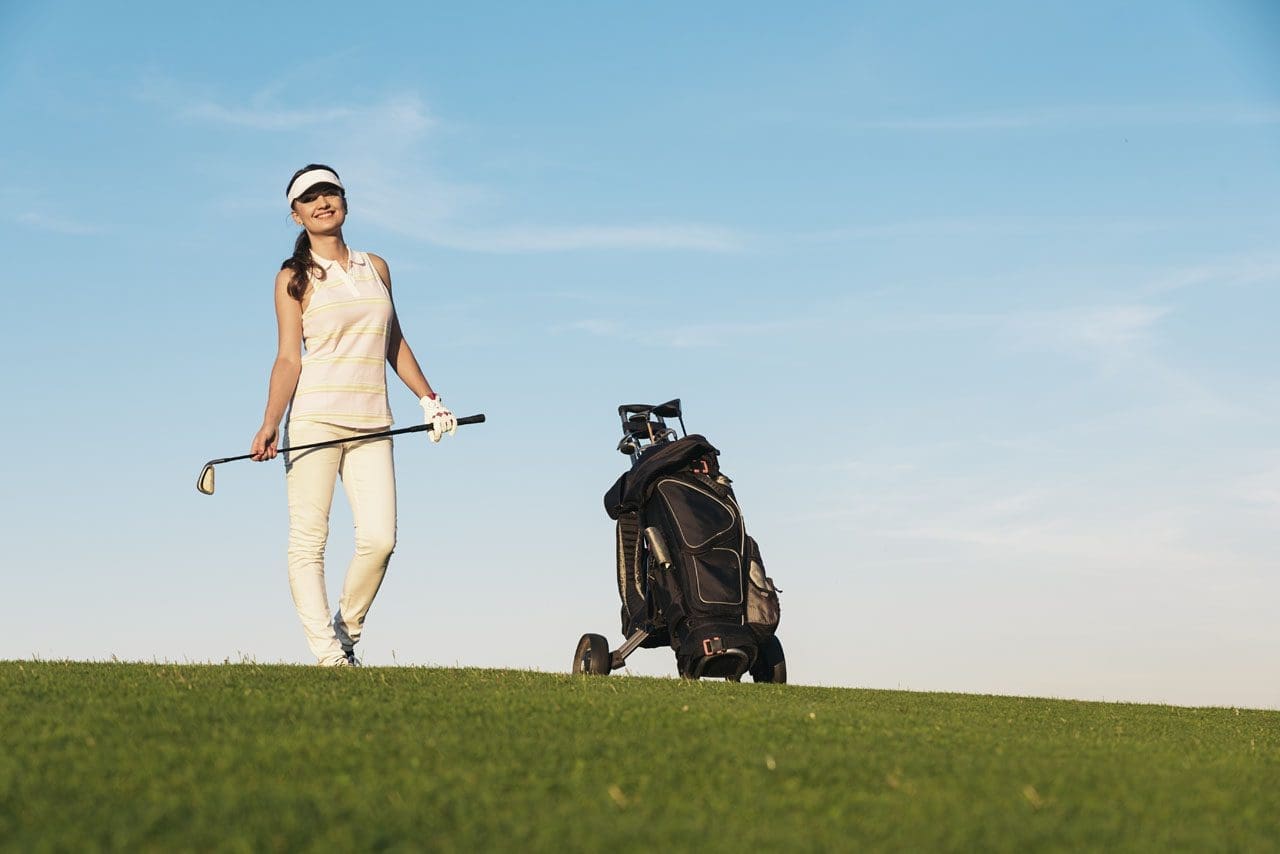



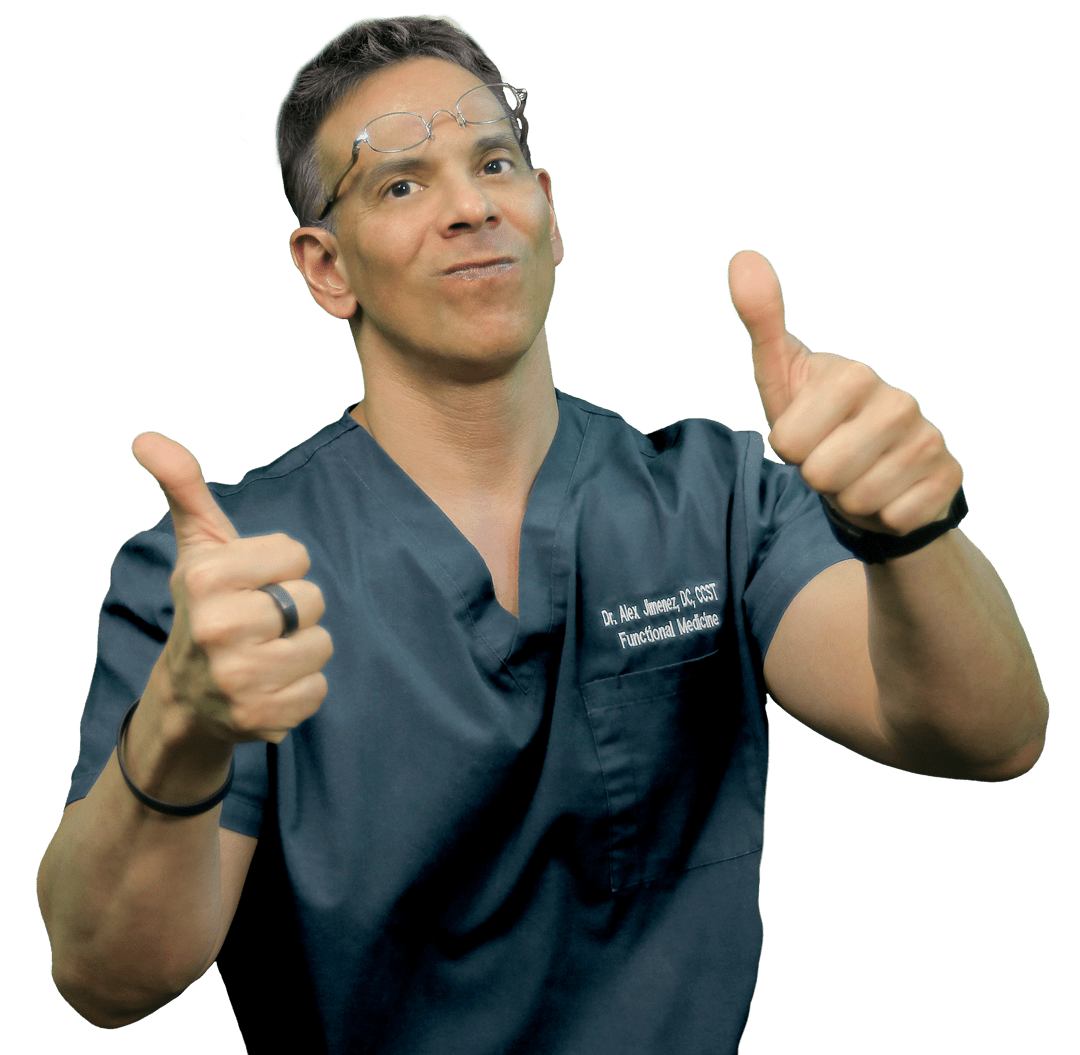 Again, I Welcome You.
Again, I Welcome You.
Comments are closed.